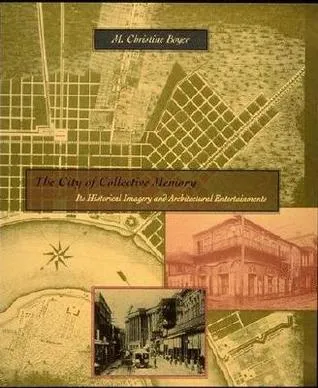The City of Collective Memory: Its Historical Imagery and Architectural Entertainments
By (author): "M. Christine Boyer"
Publish Date:
November 2nd 1994

ISBN026252211X
ISBN139780262522113
AsinThe City of Collective Memory: Its Historical Imagery and Architectural Entertainments
Original titleThe City of Collective Memory: Its Historical Imagery and Architectural Entertainments
"Reading Boyer's provocative, erudite book has the fascination of a city walk when one is never sure what will be next in view.... [T]his is assuredly a rich, illuminating book". -- Andrew Mead, "The Architects' Journal" Christine Boyer faces head-on the crisis of the city in the late twentieth century, taking us on a fascinating journey through theaters and museums, panoramas and maps, buildings and institutions that are used to construct a new reading of the city as a system of representation, a complex cultural entity. Boyer brings together elements and concepts from geography, critical theory, architecture, literature, and painting in a synthetic and readable work that is broad in its reach and original in its insights. What finally emerges is a sense of the city reinvigorated with richness and potential.The City of Collective Memory describes a series of different visual and mental models by which the urban environment has been recognized, depicted, and planned. Boyer identifies three major "maps": one common to the traditional city -- the city as a work of art; one characteristic of the modern city -- the city as panorama; and one appropriate to the contemporary city -- the city as spectacle. It is a richly illustrated and documented study that pays considerable attention to the normally hidden and unspoken codes that regulate the order imposed on and derived from the city. A wide range of secondary historical literature and theoretical work is considered, with evident debts to structuralist analysis of urban form represented by Aldo Rossi, as well to much post-structuralist criticism from Walter Benjamin to the present.